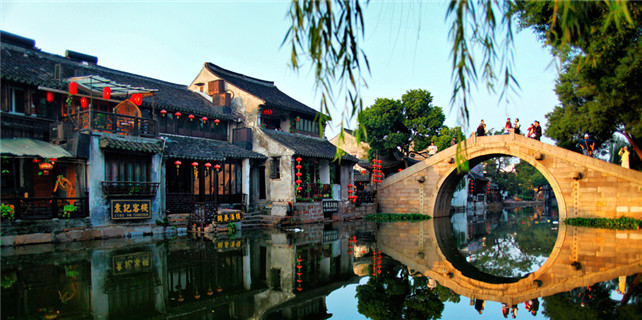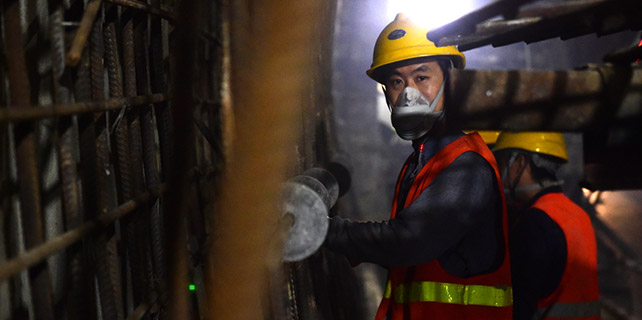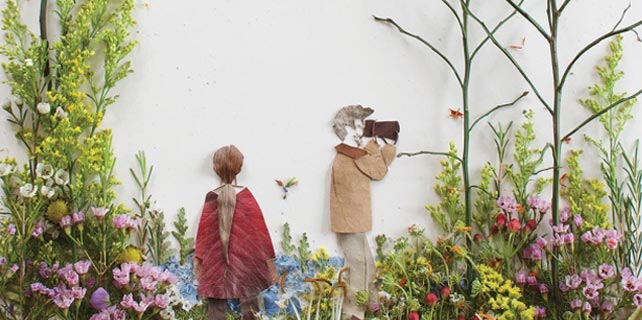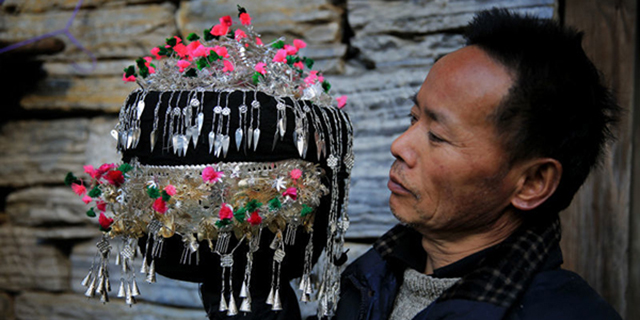Kerala fishermen tackle pollution, clam theft to protect wetland
ALAPPUZHA, India — Flocks of storks and cormorants perched on bamboo stilts peer into the blue-black depths of Vembanad Lake in India's southwest Kerala state, searching hungrily for food.
"Around 200 fish pairs are breeding here, which is why predator birds are hanging around," said KV Dineshan, steering his canoe towards the tennis court-sized fish sanctuary, a fertile oasis in the degraded lake located in a Ramsar-protected wetland.
A barrage built by the state government divides the lake's 36,000 hectares (88,958 acres) in two: the northern part has brackish water all year round, while the southern half is fed with fresh water from rivers and seawater is shut out from December to April, allowing rice to be grown.
But grave challenges face the 7,500 fishermen like Dineshan who make a living from the southern part of the lake, which covers 13,000 hectares. They are struggling with low salinity which harms shellfish reproduction, water stagnation, pollution and agro-chemical run-off.
Over-fishing and the mounting impacts of climate change - including warmer water in the lake, a decline in winter rains and severe flash floods during the monsoon - are making matters worse.
The 1.5 million people supported by Vembanad, one of India's largest lakes, live off agriculture, fishing, clam collecting, duck breeding, coconut fibre production, tourism and water-based transport. But yields have been falling and times are hard.
"To get the same quantity of black clam meat that we used to collect, process and sell in three hours, today takes nine," said NK Raju of Sarithodu village, one of 5,000 clam gatherers in Vembanad's south, as he processed the day's haul of just 8 kg (17.64 lb) on an open fire in a lean-to.
Half the wetland's 150 fish species have been wiped out since the Thanneermukkom barrage was built in 1975, show fish counts by the Bangalore-based Ashoka Trust for Research in Ecology and the Environment (ATREE).
So in 2008, a group of fishermen decided they would make an effort to protect their livelihoods by trying to conserve the lake's natural resources.
Priyadarsanan Dharma Rajan, a senior fellow with ATREE, said his organisation worked with the fishermen to develop a "bottom-up" conservation model.
"The fisherfolk use their traditional ecological wisdom (and) we help them partner with scientists to identify problems and solutions which they themselves implement," he explained.
The fishermen set up Lake Protection Forums (LPFs), legally registered bodies, which numbered 13 by 2011, spread across Alappuzha and Kottayam districts, each with 50 members, 20 of them women.
















